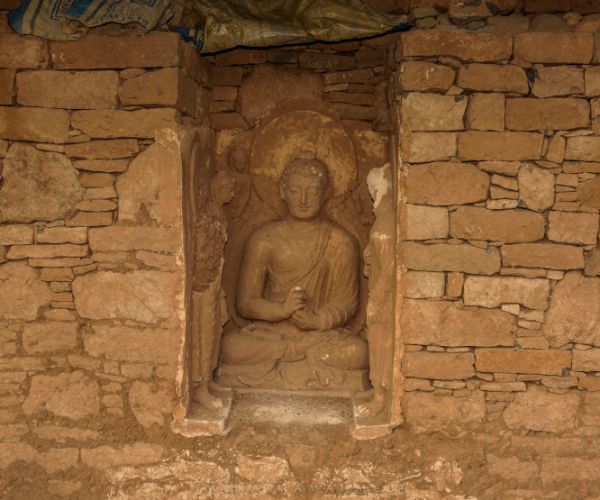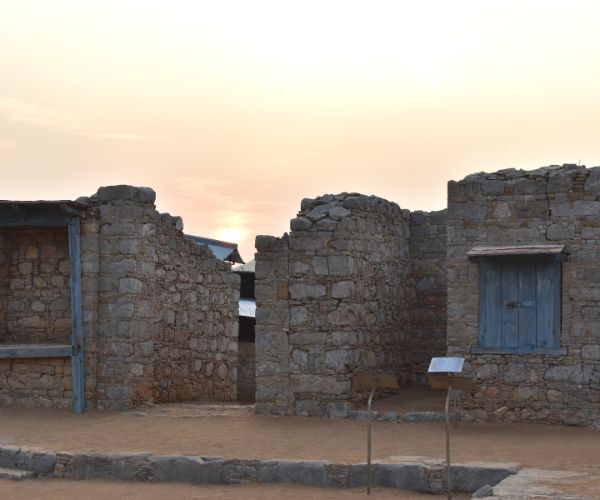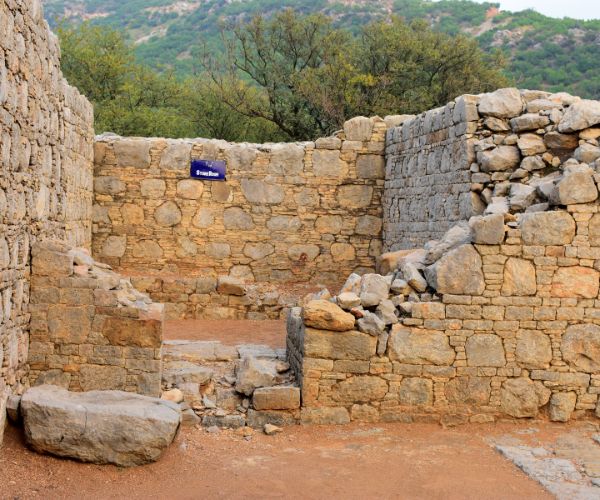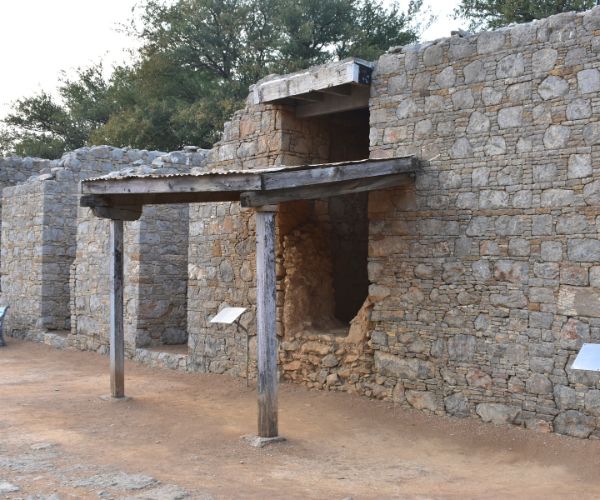- 0300 5899952
- info@taxilamuseum.com
- Archaeological Museum Taxila, District Rawalpindi
- 0300 5899952
- info@taxilamuseum.com
- Archaeological Museum Taxila, District Rawalpindi
Taxila City History
Taxila - an Ancient Gem
Pakistan holds many ancient gems—Taxila being one of the most noteworthy. This city of the Gandharan civilization—often referred to as one of its capitals—has a history that dates all the way back to the early microlithic communities at Khanpur caves, spanning up to 1000 CE. Taxila was a major hub of Buddhism and also a learning center, as well as an urban metropolitan, where many cultures such as Achaemenids, Greeks, Mauryans, and Scythes came together.

Location of Taxila City
Taxila, an ancient archaeological site located in Punjab, Pakistan is just 30 km away from the capital city of Islamabad. It is situated along the historical Grand Trunk Road. The site has 18 different places of significant cultural importance that were included in the UNESCO World Heritage list in 1980.
Pre History of Taxila City
Humans first moved into the area around 3500 BCE, as evidenced by the three caves that Elden Johnson of the University of Minnesota uncovered at Bhamala, Mohra Moradu and Khanpur in 1964. At Khanpur, Johnson found a 2.9 meter (9 ft 7 inches) cultural deposit that dates all the way back to the Stone Age—from 900 CE and beyond.
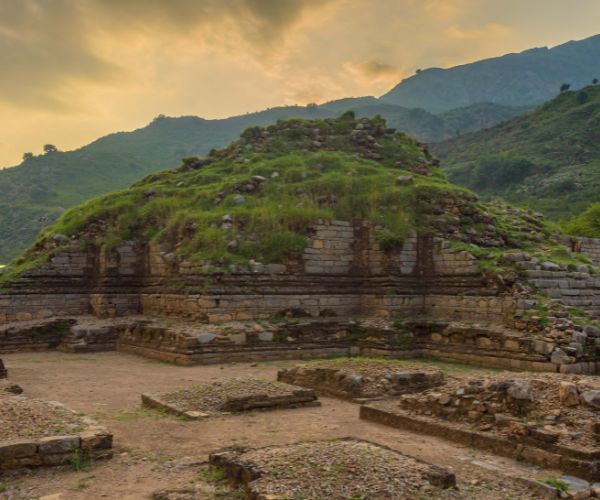
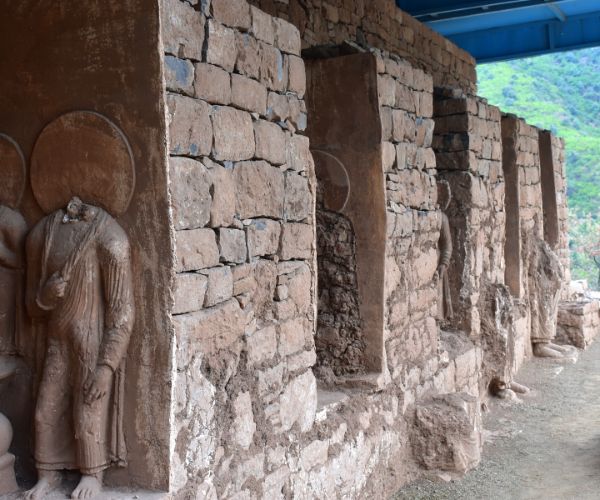
Political History of Taxila
Taxila and the Gandhara region were controlled by some of the major powers of ancient times, including:
- Achaemenids (~600-400 BCE)
- Greeks (~326-324 BCE),
- Mauryans (~324-185 BCE),
- Indo-Greeks (~250-190 BCE),
- Scythians (~2nd century to 1st century BCE),
- Parthians (~1st century BC to 1st century CE),
- Kushans (~1st to 5th century CE),
- White Huns (~5th century CE)
- Hindu Shahi (~9th to 10th century CE).
- Next, Muslim forces took control and that marked the beginning of the medieval era in Indian history.
Few clicks from Taxila Sites
